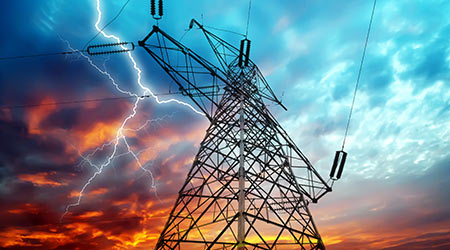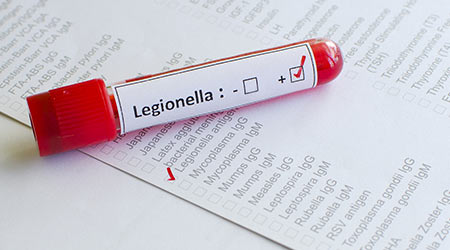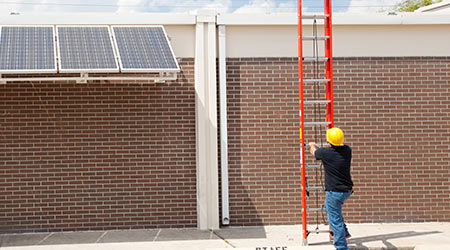
How To Take Advantage of the Benefits of Smart Grid
July 5, 2017
The analogy was nearly ubiquitous: The U.S. electricity grid was so antiquated, disparately designed, and dumb it was like if you had to stop at each state’s borders to change tires on your car so they would work with a new type of road. But in February 2009, in the throes of the Great Recession, President Obama’s stimulus provided $4.5 billion for the modernization of the electric power grid. More than eight years later, the results of that investment are becoming apparent. The modernized grid allows for two-way, totally automated communication between buildings and the grid. “The whole purpose of the grid is to make sure that everyone gets power at the right voltage at the right frequency at the right time,” says Paul Ehrlich, program manager at Pacific Northwest National Lab.
While it may not be totally accurate quite yet to say “smart grid is here,” as some breathless vendors profess, there’s no doubt the continuously modernizing grid is creating opportunities both for the utilities that manage the grid and for the buildings connected to it. Just as the grid itself is becoming “smarter,” it’s critical for energy users to become smarter as well, says Jack McGowan, principal at the McGowan Group. To best take advantage of the new benefits of the modernized grid, McGowan says facility managers should first concentrate on energy efficiency, followed by energy resilience (strategies like microgrids). “These complement sustainability and positions facility managers to be smarter buyers to maximize both cost and efficiency,” he says.
Smarter buying comes with better data, and the first step in that process is metering, both smart and sub. Smart meters — often provided by the utility — can be patched into a facility’s building automation system to provide real-time data about electricity use. “You want to get beyond what’s on your bill,” says Ehrlich.
Submeters can break out individual processes in a facility, allowing facility managers to better understand how tweaks to the BAS affect cooling loads or light energy use or any other process. In addition to building-level smart meters, some utilities also offer free submeters. The Department of Energy is also working on a project to develop a $100 wireless submeter, says Ehrlich. And finally, new IP-enable equipment have built in de facto submeters. If you have an air handler with a variable frequency drive, that drive probably has a meter, he says. Connect that drive to your BAS, and you’ll know the kw and kwh from that drive.
“Buildings that have BAS, and they’re updated to follow open standards, are already ready to be connected,” says Ehrlich, whose work is focused on the intersection between buildings and the grid. “They can connect to grid services and enable two-way communication to be completely automated.”
Automated demand response is one way facility managers can take advantage of the capabilities of their BAS and the modernized grid. “Small, subtle changes can go on in the background and on one would ever know,” says Ehrlich. This contrasts with traditional demand response programs where cooling had to be completely shut off or lights had to be dimmed to levels that were more than just noticeable, they adversely affected productivity.
Another way to optimize BAS and smart grid capability is with fault detection and diagnostics. “Fault detection and diagnostics can show you when something is running when it shouldn’t be — heating and cooling simultaneously, for instance,” says Ehrlich. “It’ll tell you what’s wrong and allow you to make a decision.” The energy savings from this data alone can be enormous.
This Quick Read was submitted by Greg Zimmerman, executive editor, Building Operating Management. Read his cover story on the how sustainability and resilience complement each other.
Next
Read next on FacilitiesNet












